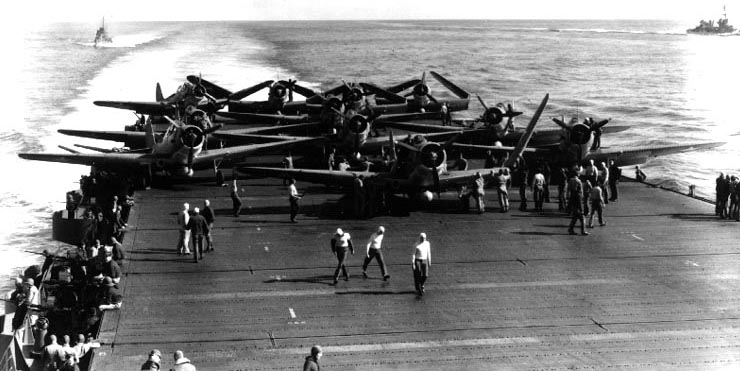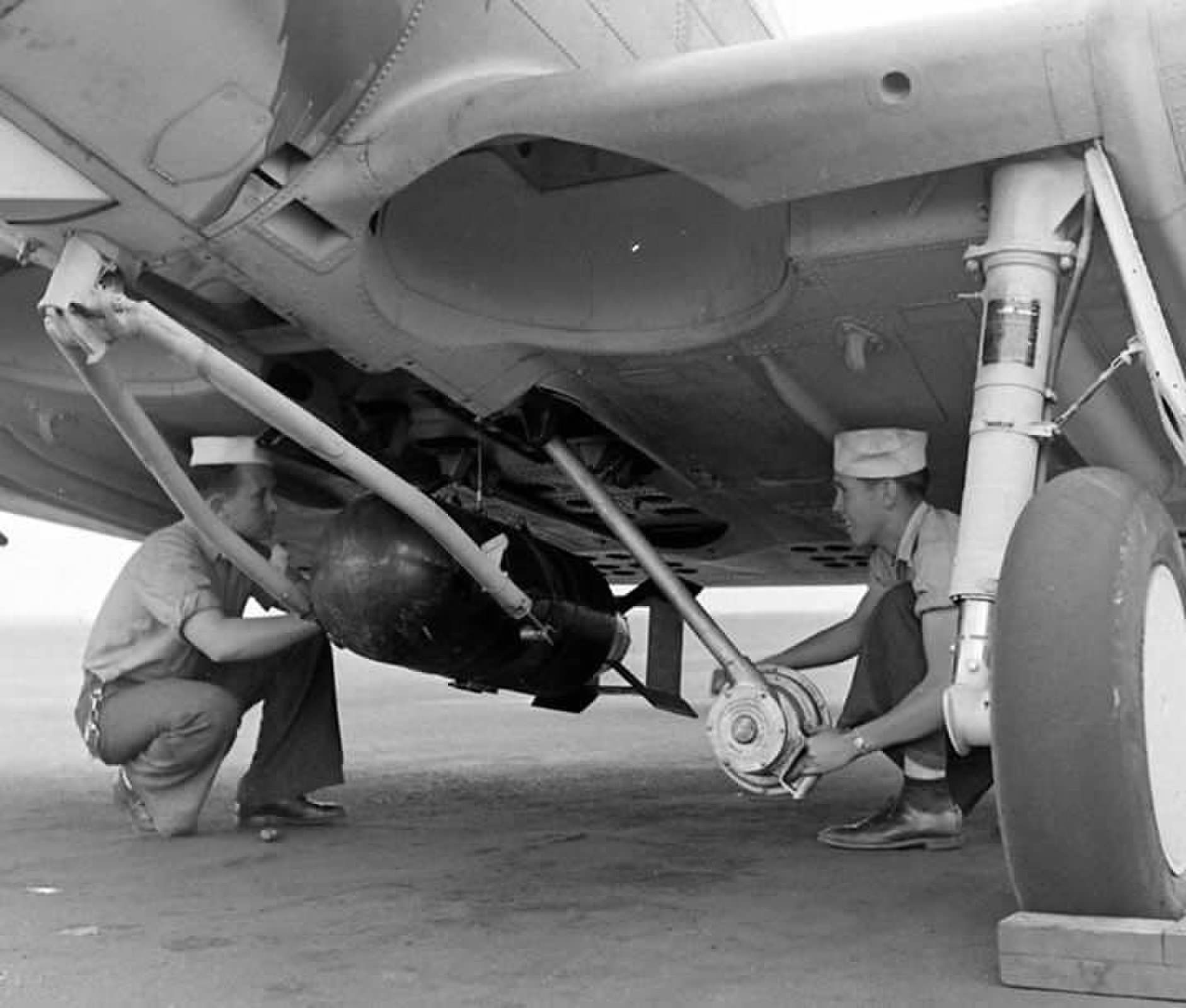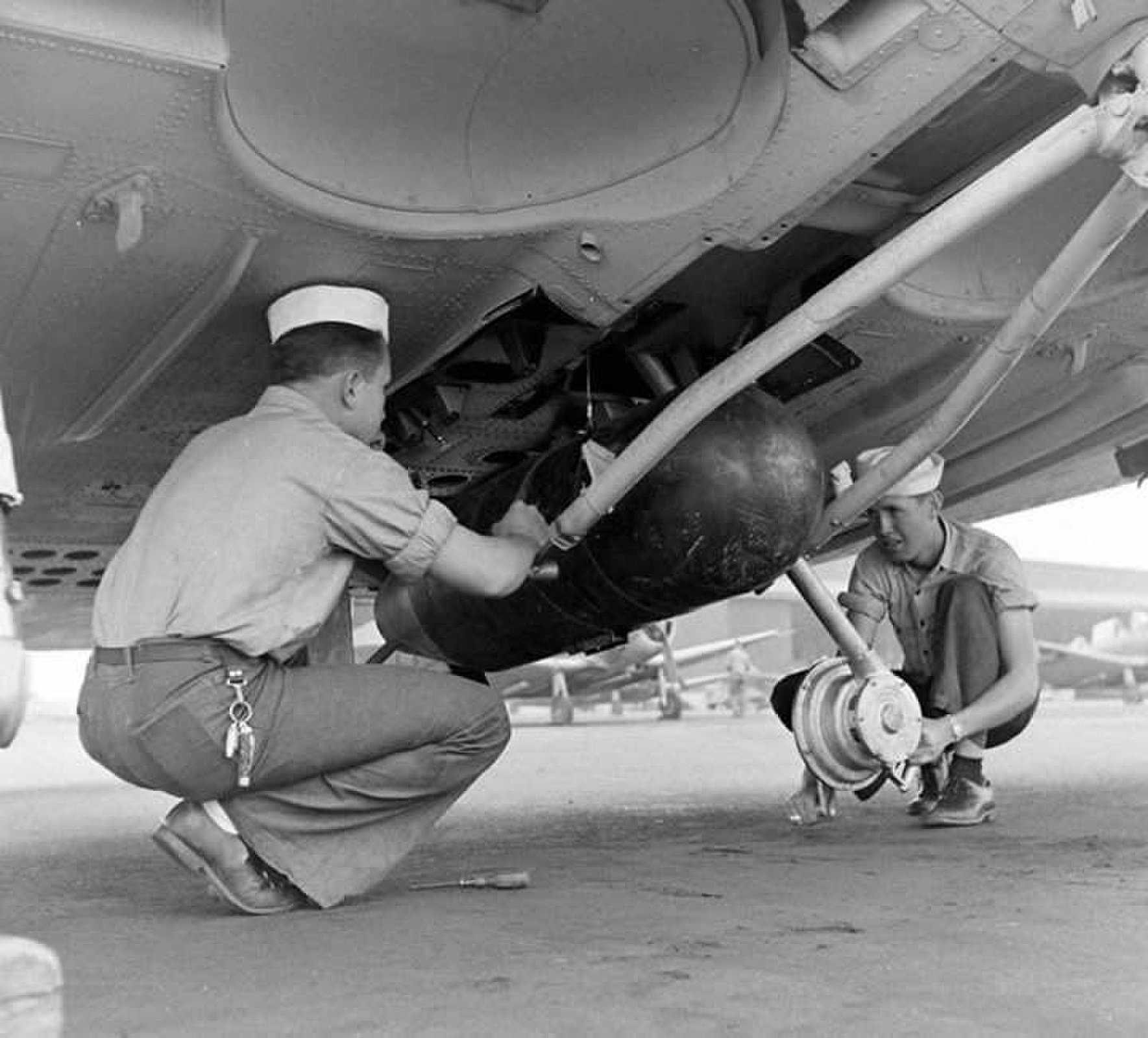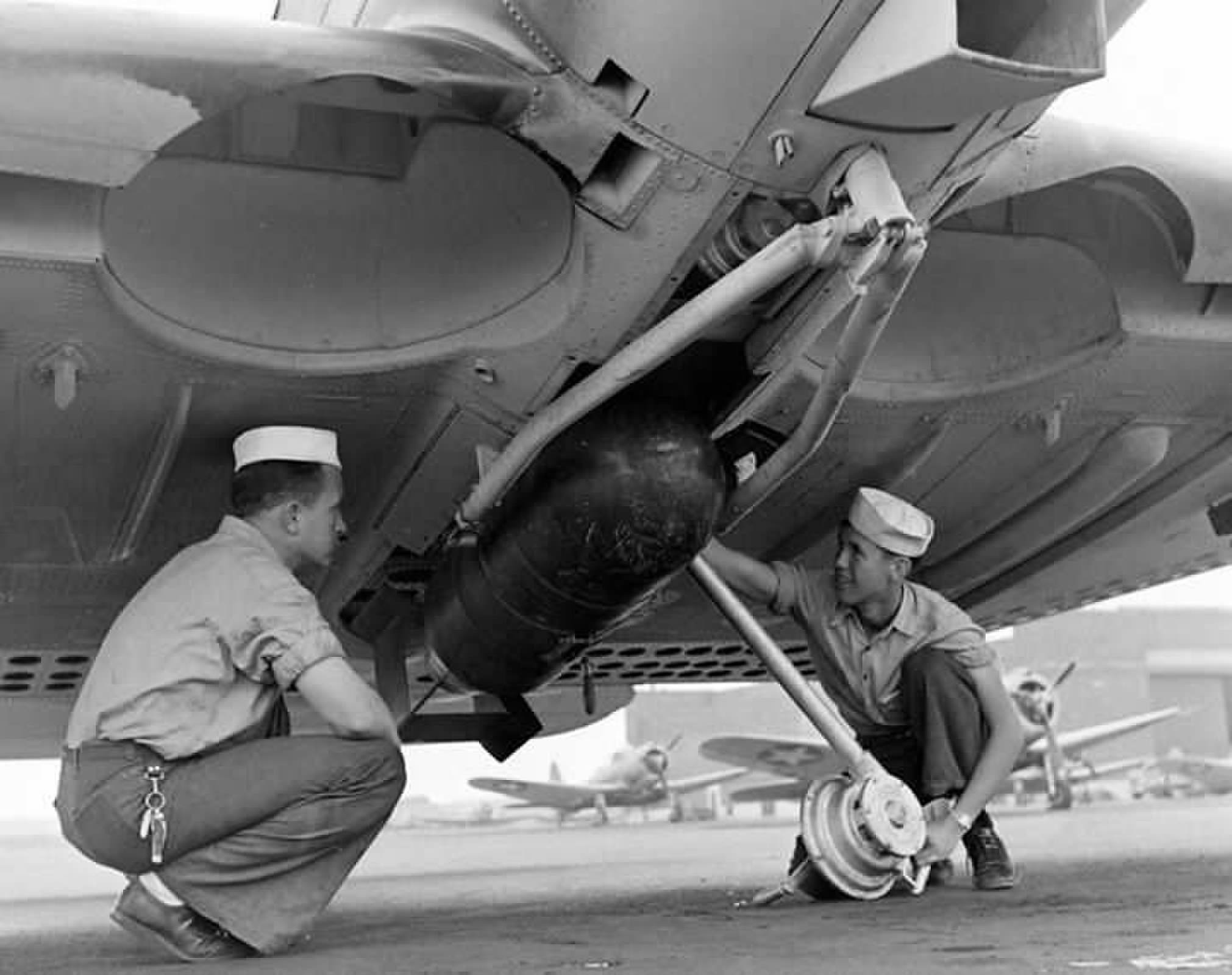The Battle of Midway Roundtable Opening Remarks

Welcome to the November Issue of the Battle of Midway RoundTable. Today as I write this on December 7th, 2020 one has to reflect back 79 years ago to the attack on Pearl Harbor by the Kido Butai. Japan opened hostilities with an attack on the fleet at Pearl Harbor with a daring attack by air power hoping to disable the US fleet and pave the way for the smooth capture of the Dutch East Indies and other resource rich areas like Maylaya. A lot has been written on the attack and the Japanese failure to destroy the Oil Tanks or repair facilities at Pearl Harbor. This has long been considered a major blunder as is the failure to launch a third wave attack which would have possibly hit some of these targets. All well and good and in hindsight a reasonable criticism.
However this overlooks the fact that the main mission of the Japanese attack was to render the US fleet incapable of interferring with Japanese plans in the far east as well as the invasion of the Philippines. The US outnumbered the Japanese battleships by a margin of 17 to 10. Three US battleships were of questionable fleet action but two were modern ships completed in 1941. So a US battle fleet sailing to relieve the Phlippines or interfere with Japanese plans in the Far East Indies was a real threat. The US could also support this battle fleet with as many as 6 fleet carriers given that Hornet's working up period would be condensed somewhat. The Japanese also only had 6 fleet carriers at this time as well.
Yamamoto was convinced that air power was the future of Naval Warfare and so made the US carriers a priority target for the attack on Pearl Harbor. If a US fleet sortied to relieve the Philippines or counter the Japanese invasion of the Dutch East Indies Yamamoto felt confident that his carriers would reduce the US battle fleet before it reached the Far East thereby nullifying the advantage the US had in battleships. But this required removing the US carriers from the equation. With a full strength US carrier fleet this would not be possible and he risked a loss of a significant part of his air power engaging the US carrier fleet rather than destroying the US battleships. Later this obsession would lead him to attempt to remove the US carrier fleet at Midway.
So in one regard the attack on Pearl Harbor did exactly what it was intended to do, effectively neutralize the US Pacific fleet. The fact that repair facilities or Oil Storage tanks remained intact was of no real consequence. Japan could obtain all it's objectives in the Far East without US intervention if there was no US Pacific fleet or a much reduced one. Supplies or Oil could not defend or attack by themselves. The one thing that Yamamoto missed was the 2 US Pacific fleet carriers that should have been in Pearl Harbor that day one of which would be at Midway and wreck two of his four carriers before they even engaged the US carriers.
This month we have another shortened newsletter. I'm still getting everything ready to transfer to another hosting site. It takes some planning to get everything working on the new site. But we have the start of what might be a nice article about a VMF-221 pilot lost on the morning of the 4th defending Midway from the Japanese attack. We also have follow up on some recent submissions such as the questions on the I-168 and the photo of the Val attacking Yorktown.
As always enjoy.
2nd Lt Ellwood Q Lindsay - VMF-221
From Mike Jensen November 20, 2020
The uncle of my sister-in-law was 2nd Lt. Ellwood Q. Lindsay from VMF-221. KIA in the early morning hours of 4 June 1942 in a Brewster Buffalo off of Midway Island.
I have done some research on his life and what happened to him at Midway. I do not have any first hand reports of what happened to him, but I can make guesses from reading the After Action Reports of surviving members of VMF-221.
I do have in my possession the medals he was awarded, the Navy Cross and Purple Heart.
I also have his Personal Flight log which begins 7 April 1941 and concludes 4 June 1942 with the entry “Combat with Enemy – Missing in Action”. The final entry is signed by “P. R. White”.
Pages for March and April 1942 are signed by J. F. Carey. May is signed by P. R. White.
Another interesting thing from his personal letters and from his flight log is that he and others were dispatched from (I believe) San Diego to Dallas, Texas by train on 8 December 1941 to pick up and ferry some planes back to San Diego -arriving back in San Diego 14 December. This is most interesting because these orders obviously came the day after the bombing of Pearl Harbor and so just that quick they were already moving planes around to meet the new demands.
He travelled to Hawaii aboard the USS President Hayes 25 January 1942 and was at Ewa until the middle of March. He arrived on Midway 28 March 1942 aboard the USS Curtiss.
One of the other very interesting items I have is a letter his mother wrote to him from her home in Dingle, Idaho – dated 3 June 1942. The envelope is postmarked in the nearby town of Montpelier, Idaho on 4 June 1942 at 5 pm. The envelope is stamped as “Return to Sender” and “USMC reports undeliverable”. There is a second postmark on the back from Washington, DC dated 21 July 1942.
Other letters he wrote home talk of training in the middle of the ocean for something that “in all probability will never happen” and training so much that soon they will “be getting up before going to bed.” In another he mentions the Doolittle raid. In his letters he is obviously enjoying flying, anxious to be a part of the action, but feeling far removed once he arrived on Midway. Little did he know.
I have not gone in to great detail of what I have, just the highlights. If you are interested in any of this, I would be happy to add anything I can.
Thank you for your work in keeping in memory the Battle of Midway.
Thank you,
Mike Jensen
Editors Note: Thank you for the note. It's always interesting to get first hand accounts of the battle from any perspective, even such things as log books. I can add or post anything you feel is appropriate from his accounts or personal effects. Even a picture of his medals is interesting. I'm sure other members have some relevant information about him and I'll also look through my notes and papers for anything I can find. We can put together a nice article about him I'm sure.
(Edit)
A few days ago Mr. Jensen sent me more information and a copy of his flight log. I have not had time to put everything together this month but will work to get an article written in the next month or two.
I-168
From Daniel Wenk November 28, 2020
I would appreciate very much if you posted my below questions concerning the circumstances LtCdr Tanabe’s chasers were faced with during and after his torpedo attack on Yorktown on June 4 – Thank you.
Somewhere, I have even read that the chasers did not use their sonar at that very moment – Could this be true? If yes, why? (It is hard to unterstand why so many DDs did not detect the submarine beforehand or at least after the attack, especially if you consider that LtCdr Tanabe had to make 2 attack runs because the first one he had to break off because he had come too close to the target.)
Another question the experts of your roundtable might be able and willing to explain to me :
After 20 minutes watching Emmerich’s „Midway“ there is a torpedo plane of LtCdr Lindsey’s squadron landing on the deck of Enterprise (after its unseccessful search of Nagumo’s Pearl Harbor force). It loses its torpedo which, subsequently, glides over the deck. A saylor brings the torpedo to a halt before it touches the island.
I assume this incedent actually happend ? Who was the saylor ? How come that Lt Best’s men had to drop their (fog?) bombs before landing, but the torpedo planes were allowed to bring back their unused torpedos? This action was for sure a very dangerous one (if not to say an irresponsible one).
Kind regards,
Dany
Editors Note: To answer your first question Mr. Martin Bunch outlined in detail why the DD's did not use their sonar. You can read it here.
http://www.midway42.org/Backissues/2020/20200901.aspx#Link1
As for the second question. Yes it did happen. Slim Townsend was the Sailor that climbed onboard moving torpedo and stopped it short of the island. But he was not the only one that tried to stop the torpedo. He just happened to be the one with long legs that could straddle the torpedo and use his feet as a kind of brake. It happened on the night of December 7th after the TBD's were sent out to find the Japanese Fleet.
As to the reason the Smoke screen generators were dropped before landing is because they were fairly inexpensive and considered expendible. The risk of a fire from a rough landing was not worth the cost of the generator. The torpedoes on the other hand were expensive and in short supply. If I remember correctly each ship only had one reload of torpedoes so ditching half their supply was not an option.
Tomonaga's Attack
From Dennis Weidner December 1, 2020
I notice that Tomonaga's flight group did not land a single bomb on Midway runways--a hard target to miss for the very capable Japanese pilots. And if the purpose was to disable Midway as an American air base, the runway should have been at the top of the target list--certainly more important than the hospital. I can understand not destroying the runway, but not landing even a single bomb on a hard to miss target seems to me difficult to understand.
I wonder if Tomonaga was instructed not to hit the runways so the Japanese could easily fly in aircraft and use Midway as their airbase?
Does any one know what Tomonaga's orders were or what his instructions to his attack group were?
This of course is of some importance given that the whole battle turned on Tomonaga's request for a second strike.
I don't recall the Midway books I have read like 'Shattered Sword' addressing this matter.
Dennis Weidner
Editors Note: I believe that Tomonaga was ordered not to destroy the runway. The Japanese carriers each carried a few Zero's for air defense once Midway was captured. They were to be flown to the island after it's capture. The Japanese Special Landing Force was not equiped to repair the runway so damage was to be avoided if possible. Tomonaga did not give a reason for requesting a second attack. His radio transmitter was not working on the return trip so he had to write down the request on a board and flash it to his wingman to send the transmission. He did not survived the battle so his reason was lost with him. One can speculate that some of the air defenses were still returning fire as he left as well as a few targets that were not destroyed and his assumption was that it would be difficult for the Special Landing Force to invade with active defenses. It is also significant to note that the Japanese did not expect the US Navy to arrive for a few days so a systematic
destruction of the defenses ahead of the invasion was top priority.
A Val from Hiryu attacking Yorktown
From Chuck Wohlrab November 12, 2020
Regarding the photo of the Val from Hiryu. I suggest you search eBay, Amazon and Alibris for a copy of a two disk DVD entitled F4F Wildcat from Aircraft Films. In the early 2000's Aircraft Films did a number DVD sets on aircraft, including the F4F Wildcat, F4U Corsair, F6F Hellcat, P51 Mustang and possibly others. A few years later they renamed themselves Spaceflight films and refocused on spacecraft. then went out of business a few years later. I have the F4F and F4U disk sets. I did a quick look on Amazon and eBay and there are a few. They are not cheap, however, at $60+.
Each disk set contains a video on the history of the aircraft on disk one and disk two has other footage. Disk Two of the Wildcat set includes government videos of Wildcats in various situations, to include some pre-war videos from testing and use, a Walkaround of an F4F-3 at NASM and footage from battles in 1942. The battle footage are mostly 4-5 minutes long and without sound. One battle video is from USS Yorktown. It begins with F4Fs landing, the escorts from the airstrike against Kido Butai I think and includes Tom Cheek's mishap where he hit the barrier and flipped over. Then there are various clips of AA fire from Yorktown and her escorts and a little past halfway thru the video is the clip of the Val from the photo still. It flys past then is downed when a shell removes over half if its starboard wing.
If you are interested in aircraft at all, this is a worthwhile investment.
Chuck Wohlrab
Editors Note: Thanks much. I will definately check them out.
Arming an SBD
From William Longton November 12, 2020
I was truly fascinated by the photograph and procedural story on how an SBD gets armed (probably because my Dad flew them), and I recognized the photograph immediately. It was 1 of 4 documenting the procedure for LIFE magazine. I have included all of them here. Please note the details including (as was referenced in the previous letter) the grooves in the bomb trapeeze arm which the bomb (500# in this case) are attached to. Careful examination also shows the cable that bomb is hanging on while the crewman is using a winch of some sort to wind it up into the bomb cradle. In the photograph showing the bomb in its final position, notice the door swung open and out of the way. For a 500# bomb, this is normally closed and the trapeeze arm has braces which push against the door. It is unclear why the door was left open. When attaching larger bombs (1000# or 2000# bombs), the doors on both sides of the bomb bay would be swung open to accomodate the larger girth of the heavier weapon. Another
feature noted in the photograph with the bomb fully loaded is the bomb site window situated between the trapeeze arms up in the bomb bay. This was a thick plexiglass window situated in the floor of the pilots cockpit between his feet so that he could get proper alignment on the target before rolling into the Dauntless's attack dive. Other details (not relating to the bomb arming procedure) are the smooth tires on the landing gear, the simplistic (but heavily constructed) landing gear strut, the .50-cal shell ejection chutes just forward of the landing gear wells, the tie down hooks underneath the wings and lets not forget to notice, just how YOUNG the armorer is(!).....probably barely 18 years old!
Bill Longton




Battle of Midway Committee
Editors Note: Mr. Steven Moore (author of Pacific Payback) has asked for some help tracking down any information on this committee. I am not sure there is only one but I do remember that the one in San Francisco did a number of gatherings. So if anyone has information on how to get a hold of anyone connected with the group thank you in advance.
From Steven Moore December 2, 2020
One other question I was hoping you might be able to help with.
Online, there is a Battle of Midway Committee that has hosted several Battle of Midway gatherings. These included printed programs that gave biographies of select veterans.
Was wondering who put these together and where that committee might be reached? I see several very interesting veteran excerpts that are obviously taken from oral histories or written accounts somewhere that the committee had access to. Many of the honored men had been deceased for years at the time of the programs.
Thanks for any light you might be able to shed on this.
Regards,
Steve Moore
|